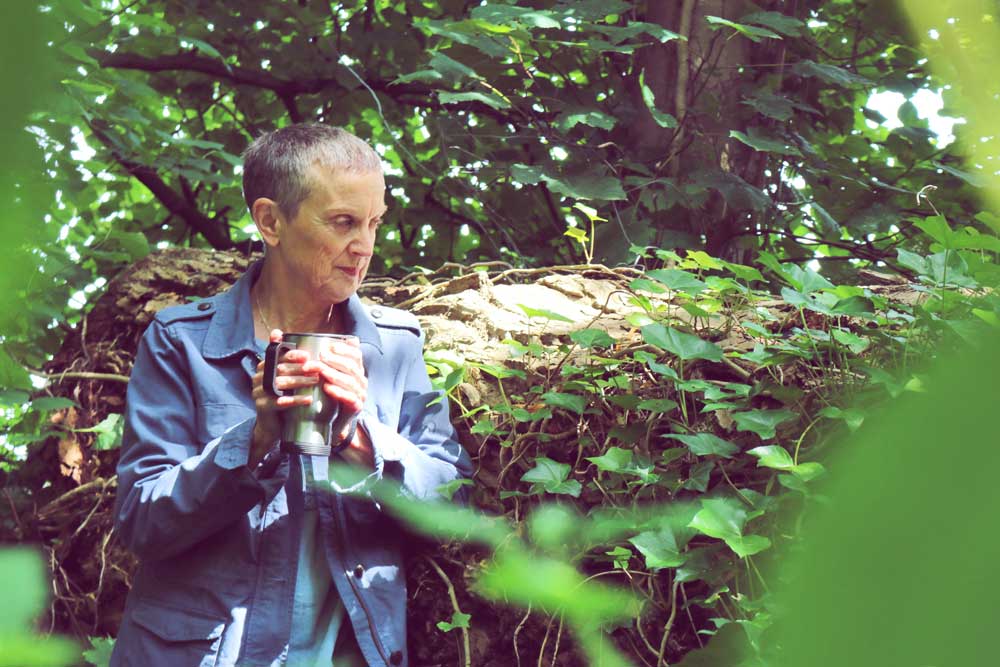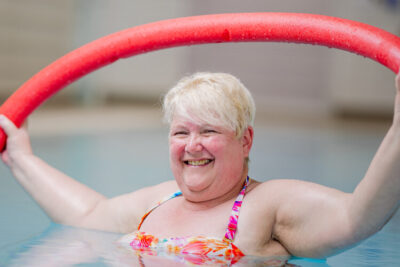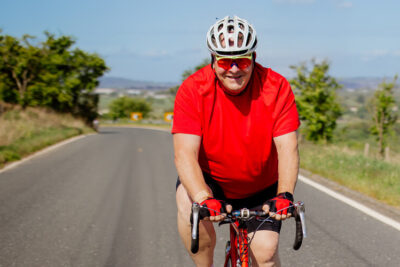
Mindfulness and More with Melva
by Melva Burton
Greetings, Northern Life folk. My name is Melva Burton and the editor Karen Shaw has invited me to share with you on a regular basis some of my mindfulness musings. In preparation for this challenge I have been pondering on just how I have got to this point on my mindfulness journey. Read on if you are interested. Turn the page if you’re not.
Mindfulness is one of those things that seemed suddenly to pop into fashion a few years back. A Google search reveals that there were just three research articles on mindfulness in 1996, 47 in 206 and 667 in 2016. By that time I recall how the shops were heaving with mindfulness books and I remember my surprise when I spotted the Ladybird Book of Mindfulness staring at me on a supermarket trip. An article by Ronald Purser (in the Guardian on June 14, 2019) describes what has happened since then as a ‘mindfulness conspiracy’, suggesting that it has been oversold as it became a $4billion industry with 60,000 books on Amazon. Certainly, some people have made lots of money out of it and there has been some spin around: it has been presented sometimes as a magic pill that can provide an instant remedy to life’s struggles.
However my own experience has been very different, although I have to emphasise that it is something that you have to stick with and be motivated to practise to gain the benefits. With links back to the Buddha around 2,600 years ago, secular mindfulness began to gain traction in the late 1970s when Jon Kabat-Zinn, at the University of Massachusetts Medical School, developed an eight week course – Mindfulness Based Stress Reduction – to help people with pain management. It was embraced with enthusiasm because it offered a timely, innovative and focused approach to improve quality of life, helping with stress and enhancing resilience. Since then there has been a growing body of evidence that suggests that mindfulness can have a positive impact on physical and mental health. As well as being used in health settings mindfulness has also found its way into the workplace, schools, prisons, sport and Parliament.
“GROWN-UPS SPEND SO MUCH TIME RUMINATING ABOUT THE PAST AND FRETTING ABOUT THE FUTURE AND, IN THE PROCESS, STRESS OURSELVES OUT IN UNHELPFUL WAYS”

I caught the mindfulness bug back in 2014 when I was working in York and I attended a Mindfulness Association course there. I became fascinated by how mindfulness helped me live life more in the present moment, rather than ruminating on the past or fretting about the future. I also became interested in the underpinning neuroscience (for example, understanding about the brain’s negativity bias, which has taught me to focus on the good stuff around me, instead of lingering on the not so good stuff). Through my practice I began to find ways of incorporating mindfulness into my daily life and decided to continue training with the Mindfulness Association, which led to a teaching qualification and a post graduate diploma in Studies in Mindfulness though the University of Aberdeen. All exciting stuff for someone who, by this point, had an OAP bus pass!
So, having enriched my own life through practising mindfulness, I’m also on a bit of a mission to share it with other people so that they might benefit too. One way that I’m doing this is through my links with the Bridge Project, a great charity in Bradford, that helps people with complex issues to achieve positive change, and my little charity, Being on Purpose, so that people can be supported by mindfulness on their recovery journeys. Back over here in East Lancashire I have linked up with Susan Whitehead, to run community-based mindfulness courses and sessions in workplaces thorough Mindful In Pendle, and Vicky Rayson, at Appetite for Wellbeing in Nelson, to support the health and wellbeing work that she is involved in.
Enough of this rambling. Maybe you are curious to know more about what this mindfulness stuff is. Jon Kabat-Zinn describes mindfulness as ‘paying attention, in a particular way, on purpose, in the present moment and non-judgementally’. A bit of a mouthful maybe… My early expectation was that it was about emptying the mind, zoning out and getting rid of thoughts. No, it’s not, Melva! Mindfulness is the basic human ability to be fully present, aware of where we are, what is happening in our thoughts, feelings and bodily sensations without being overly reactive or overwhelmed by what’s going on around us.
It’s about being on our own side and noticing things as they are right now. When things are difficult accepting those difficulties with kindness and self-compassion leads to better outcomes. When there is good stuff going on letting it sink in benefits us. We spend so much of our life on autopilot. How good would it be if, every now and then, we slowed down, came off autopilot and were actually present in our own life? After all, we are human beings, not human doings. It’s not that we don’t know how to just ‘be’. A baby is very much in the present moment as is a toddler engrossed in play or an older child absorbed in a hobby. Mindfulness is a quality that every human being possesses but us grownups spend so much time ruminating about the past (which we can’t change) and fretting about the future (which hasn’t arrived) and, in the process, stress ourselves out in unhelpful ways. So how good would it be to weave into our busy lives little moments of slowing down and being fully present? That’s what mindfulness is all about.
To start with perhaps you might like to have a go at coming off autopilot, dropping out of ‘doing mode’ and coming into ‘being mode’ for a moment or two. For example, whilst waiting for the kettle to boil for your brew become aware, with kind curiosity, of your feet on the ground and the breath as it comes, and it goes. Just being in the present moment for a few breaths and noticing what that’s like. Or maybe when you are in the shower becoming aware of the warmth of the water, the aroma of the shower gel, the feeling of the towel as it wraps round your body. Again, being present for a few moments before the busyness of the day continues. We can weave in these little moments of mindfulness in so many ways during our daily life, anytime and anywhere. The invitation is to have a go and notice what it’s like as we lay the foundations of our mindfulness practice. Over the coming editions, I look forward to sharing more practices with you.




